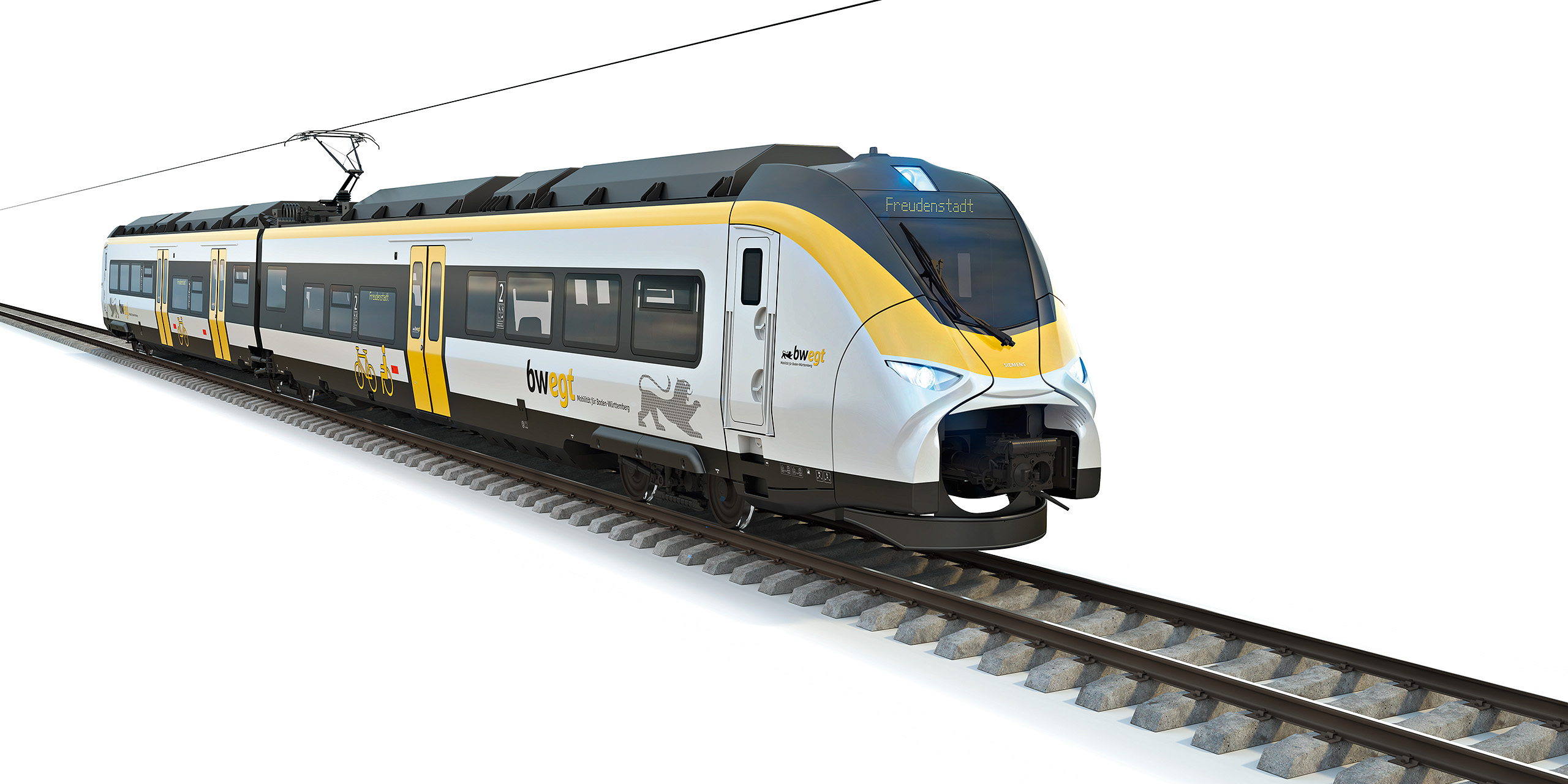Steve X
Senior Member
It's a protective device to ensure voltage is regulated so equipment don't burn out while fitting under low clearance bridges. They have a lot of bridges and structures that would cause current leakage (maybe old steel beam bridges) or conduct electricity from lightning strikes. So the can't mount the transmission and overhead lines directly onto the low clearance bridges or a big zap will damage other equipment. The arresters they traditionally used won't fit so they design a new one. Instead of replacing them with non conductive taller bridges, this design can properly isolate them hence saving money from all the bridge replacements.
I don't think you understand the purpose of it at all. It's not a train technology but a solution to install an overhead electrification system for their constrains. If they wanted a battery powered train, they would have asked for one.What exactly would this have over just no wires at all and using battery? They wouldn't have to be large battery systems but just contactless systems at every station much like what battery buses use at certain bus stops to keep the buses running all day. This concoction looks more like a make-work project than anything else.







